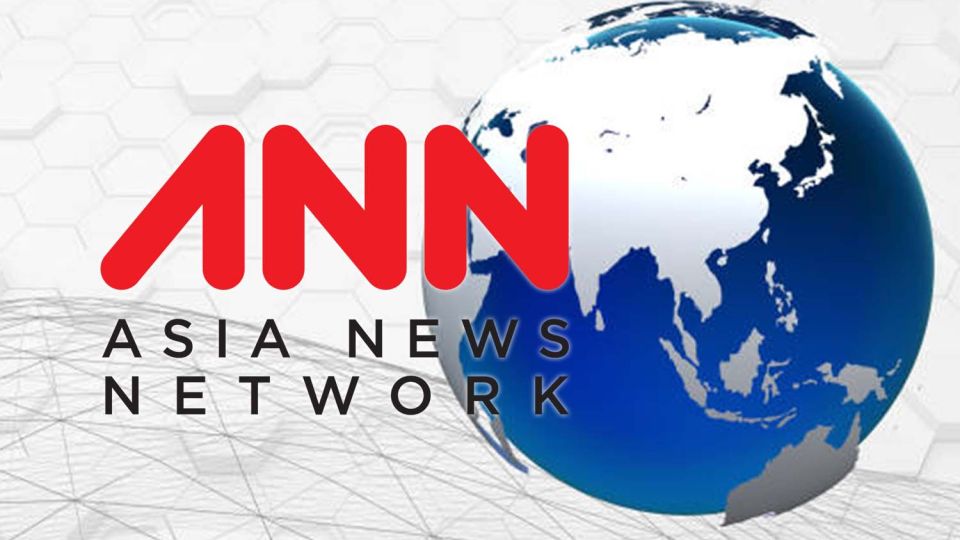October 17, 2024
ISLAMABAD – Last week’s attack on Chinese nationals in Karachi by the BLA showcased its growing operational capabilities, as its suicide squad successfully targeted a heavily protected convoy of Chinese nationals. The BLA has a history of launching high-intensity terrorist attacks in Karachi, and the recent attack was its 11th out of a total of 17 — five attacks were carried out by the banned Balochistan Liberation Front and one by the banned Baloch Nationalist Army.
It was the fourth strike on Chinese interests in the city since 2012, and one of the worst since the attack on the teaching staff at the Confucius Institute of the University of Karachi. The area around Karachi’s Jinnah International Airport is part of a high-security zone. Previously, it was the banned Tehreek-i-Taliban Pakistan, which breached airport security in 2014 and launched a terrorist onslaught inside the premises.
The Aug 26 terrorist wave on the major highways of Balochistan exposed the BLA’s intentions to take its violent campaign to another level, but it was also an indication that the group had achieved something unusual, which was contributing to its operational strength. After the Oct 6 attack in Karachi, the BLA revealed the secret behind its renewed violent strength — Zirab, the ‘intelligence and analysis’ wing of the insurgent group set up around one and a half years ago. ‘Zirab’ is a Persian word, also used in the Balochi language, meaning ‘underwater’. There is also a city by that name in Iran. The strategic choice of the name reflects the BLA’s deliberate approach to branding what it refers to as its intelligence unit.
This unit has contributed to enhancing the proscribed group’s ability to plan and execute terrorist attacks, as it did in the Karachi attack while gathering and analysing information about Chinese presence in the city. It is assumed that previously, the BLA was mainly reliant on Baloch recruits and violent Sindhi nationalist groups to launch its attacks in Karachi, but now it appears to have developed a sophisticated intelligence network in the metropolis. The group claims that Zirab spent over a year conducting intelligence work, which enabled its recent attacks on Chinese nationals.
The BLA has been actively recruiting educated Baloch youth, and following its use of female suicide bombers against security personnel, the establishment of an ‘intelligence wing’ was anticipated. The group’s indoctrination of educated Baloch youth is now enabling it to maximise its capabilities and transform the insurgent movement.
This shift is evident in the banned outfit’s rapidly evolving targets and tactics, marking an unprecedented change in Pakistan’s insurgency history. These developments can be compared to the transformation of the Taliban movement in Afghanistan. The Taliban had exploited the young and had also had external support from many fronts, including Russia, Iran, and Pakistan. The BLA also has external support from some of Pakistan’s neighbours who are critical of the country.
The state’s response, unfortunately, has not kept pace with the rapidly evolving insurgency. The security institutions have invested heavily in costly security paraphernalia, developed SOPs, and employed conventional tactics. However, these measures have so far not proved to be effective in quelling the terrorists. The issue of missing persons has also reached a critical point, with its political and security costs escalating rapidly.
External support for the insurgency can be instrumental in enhancing its operational capabilities, but the insurgents derive power for their political and ideological arguments from misplaced state policies, which have failed to resolve the crisis in Balochistan. The state’s counter-insurgency strategy hasn’t produced the desired results and is only increasing the cost of war. It is true that the strategy has a political component but that has been hijacked by certain spoilers of peace in Balochistan. Some of them include contractors, there are some in politics and some can even be found in security institutions. Their nexus has become a significant hurdle in the resolution of the conflict.
State institutions heavily rely on these elements to shape their political policies. These elements may oppose dialogue with the Baloch youth, civil society, and the genuine political leadership. They label all legitimate Baloch representatives as insurgents. This broad-brush approach is a key issue that has exacerbated the insurgency in the province.
State institutions only use the term ‘dialogue’ in certain contexts, especially when it comes to religious groups, whether it is the TTP or the Tehreek-i-Labbaik Pakistan. The reason is evident: religion remains a crucial ingredient in the crafting of nationhood, and state institutions firmly believe that religious groups cannot go to the extent of breaking the country. Though the TTP is out to disprove this concept through its actions, the state institutions have yet to review this stance.
State institutions must re-evaluate their political and strategic concepts. They must shift towards a belief that dialogue is more viable with marginalised communities and that it can trigger a healing process. However, this shift also requires the power elite to increase the pool of resource beneficiaries and trust the marginalised.
The state may need a fourfold strategy to counter the Balochistan insurgency effectively. The first two components of this strategy should focus on countering operations and enhancing analysis capabilities. Additionally, the state should work to develop mechanisms with its neighbours, Afghanistan and Iran, to discourage their support for those carrying out terrorist attacks. These countries will undoubtedly have their own demands, which should be brought into the public domain for open discussion. The well-known and oft-proposed political strategy suggests finding a viable resolution for the missing persons issue and immediately initiating a multilayered dialogue with Baloch society.


